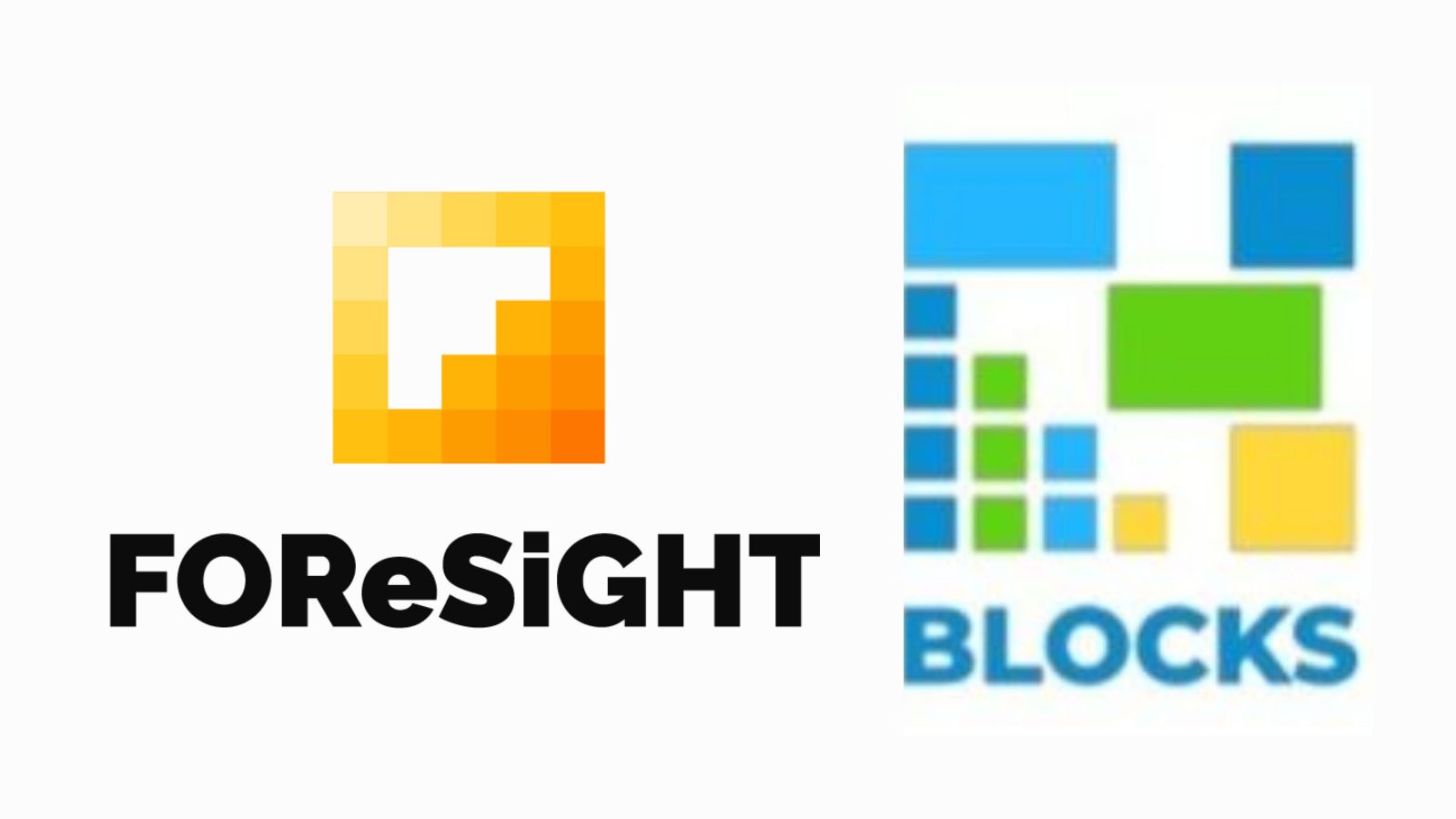Allgemeines
Cryptocurrency is the first
important application of blockchain. A
cryptocurrency is a currency designed to have no central ownership; all
transactions are uniquely encrypted. Blockchain
technology is the infrastructure that allows cryptocurrencies to be stored and
amounts to be transferred through the use of digital signatures.
Table of contents
- Cryptocurrency
- Transactions
- Proof of work
- Ethereum
- Cryptocurrencies
- Nodes on Ethereum
- Accounts
- Read more
- QUIZ
